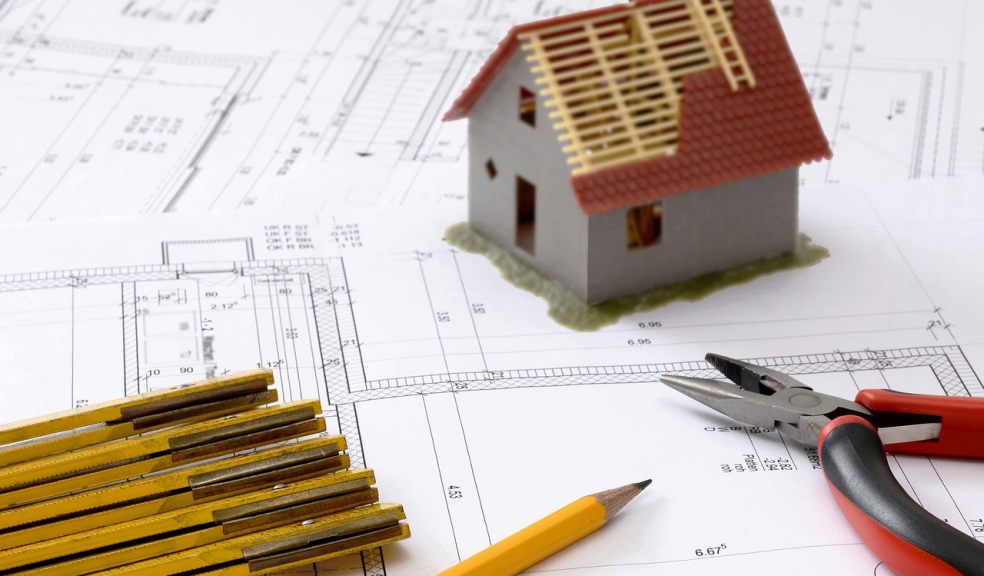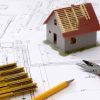
Building a new home? Here’s what you should consider
If you’ve taken on the massive project of building your dream home, then you may be overwhelmed by all the variables and decisions you have to make. However, it’s the perfect opportunity to build a bespoke home that is tailored exactly to your taste, fits all your needs and welcomes you like no other house has.
There are a few main aspects to consider during the planning process that can positively impact your build, so be sure to consider them before actually getting shovels in the ground.
Hire a designer
You may have the know-how to design the look, feel and style of your new bespoke home, but there is a myriad of decisions you need to make on a daily basis that you may not know anything about. This is where a designer becomes invaluable. Hiring a designer at the beginning of your building process can make the whole process run a lot smoother. Typically, a designer will look at the build from a logistics and functional point of view, in coordination with your builders, and will happily work with your style choices to make them work better for you in your space. They can also help you cut costs while still achieving the aesthetic you want, save you money by helping you avoid costly building mistakes, and can be a driving force for the project. Most importantly, they can help reduce stress and save you from spending hours and hours doing your own research. It’s certainly worth the investment to hire a designer from the get-go and do everything properly.
Install a gas membrane
Gas membrane installation is becoming more common for construction projects, from residential to retail to commercial builds. The increased development on land that is called ‘brownfield land,’ also known as previously developed land that isn’t currently being used, often calls for protection for the new build. Brownfield land may be contaminated land and can be susceptible to harmful gases that can leak into the building and get trapped. Installing a gas membrane will protect your home from silently seeping gases like radon, methane, carbon dioxide, carbon monoxide, or hydrogen sulphide. Basements and cellars are particularly at risk of building up hazardous gas levels, especially if they’re poorly ventilated, which most typically are.
There’s a difference in pressure between the inside and outside of the building that can draw ground gases inside. They can enter through vent pipes, cracks in floors, walls below ground, construction joints and gaps around service pipes. A gas membrane can protect against all of these entrances. Be sure to consult an expert to determine whether or not a gas membrane installation is necessary for your new home.
Make it an eco-friendly home
Protecting the environment is a top priority for a lot of new builds, as it should be. Eco-friendly homes start at the design stage, and, in terms of efficiency, there are a few main areas to consider; for instance, high-quality insulation will help your home be more energy-efficient, as will double glazed windows and well-insulated doors, so you don’t need to waste energy on extra heating and cooling. Meanwhile, installing efficient water fixtures in your bathrooms and kitchen can help save water and reduce your water bills, and installing lighting fixtures and using energy-efficient bulbs can help with electricity waste and costs. You can also include solar panels where possible to help generate energy and lessen the impact your home has on the grid. Furthermore, using recycled materials when possible can help lower the environmental footprint your home construction makes.














